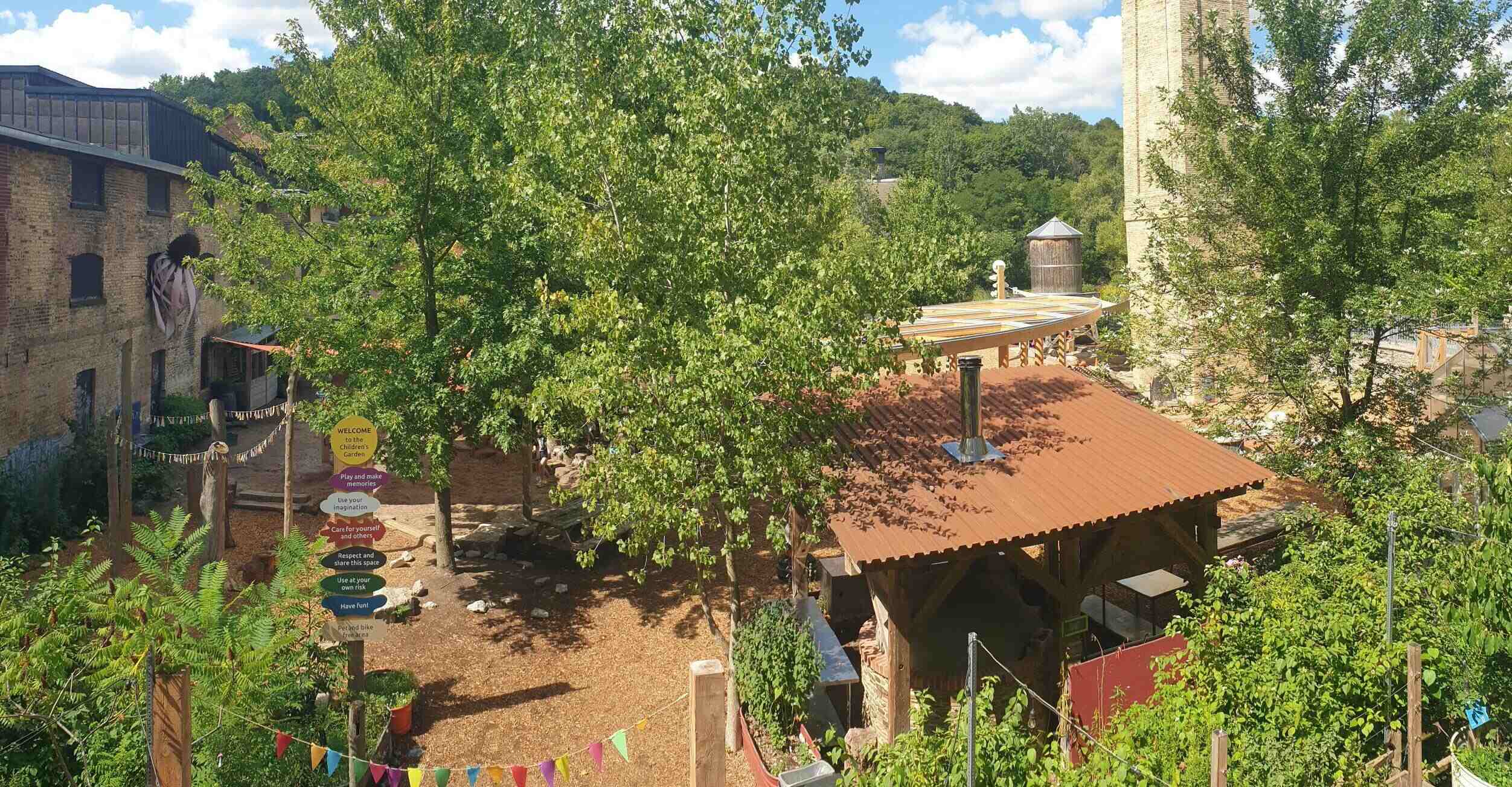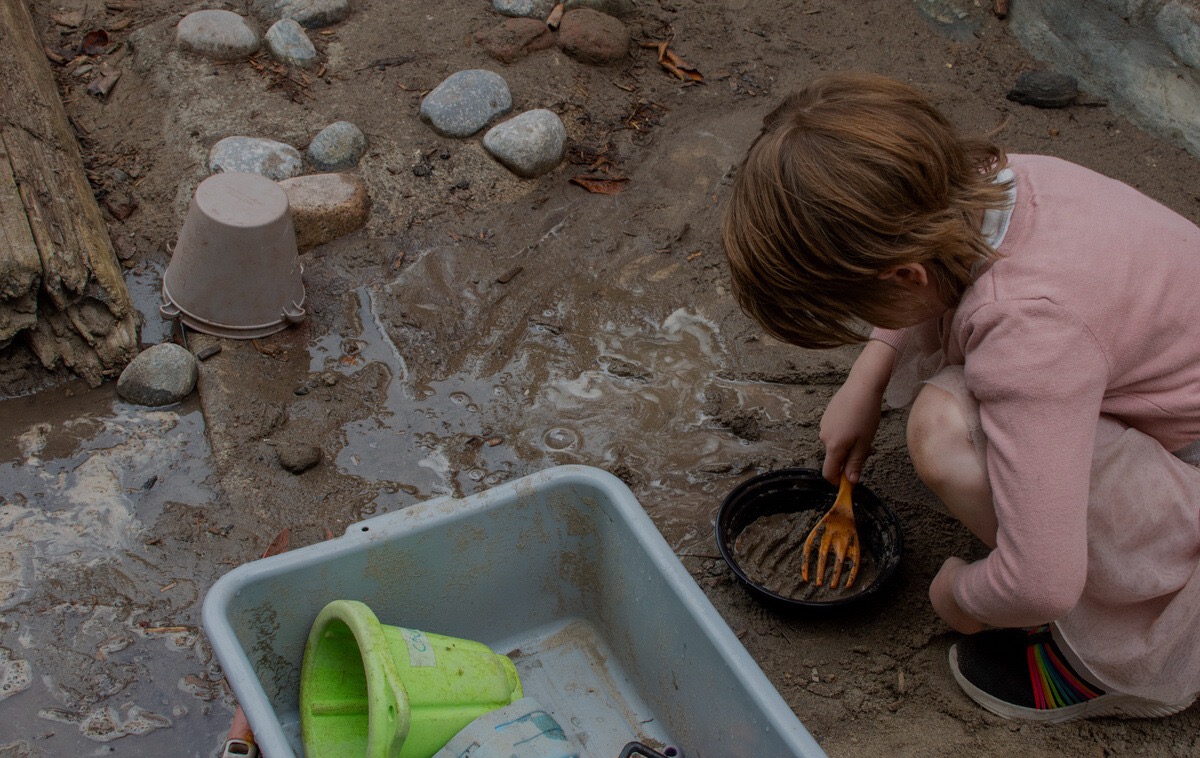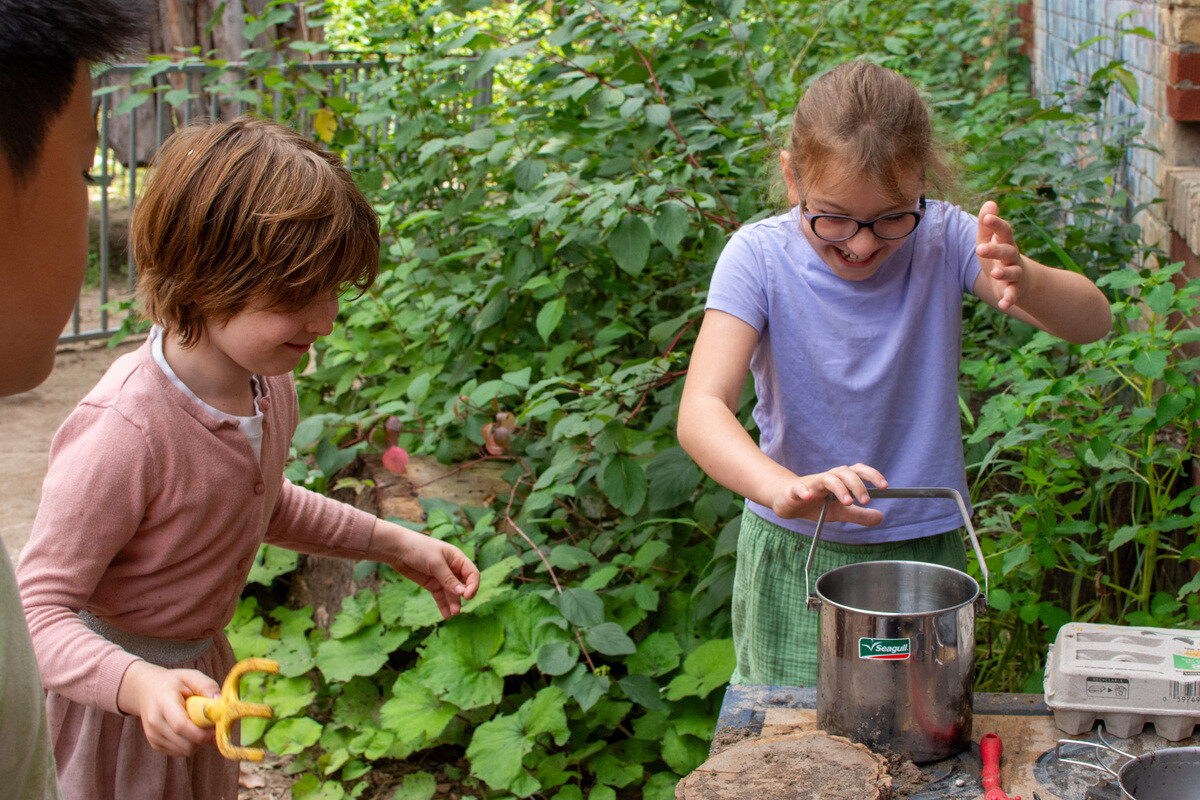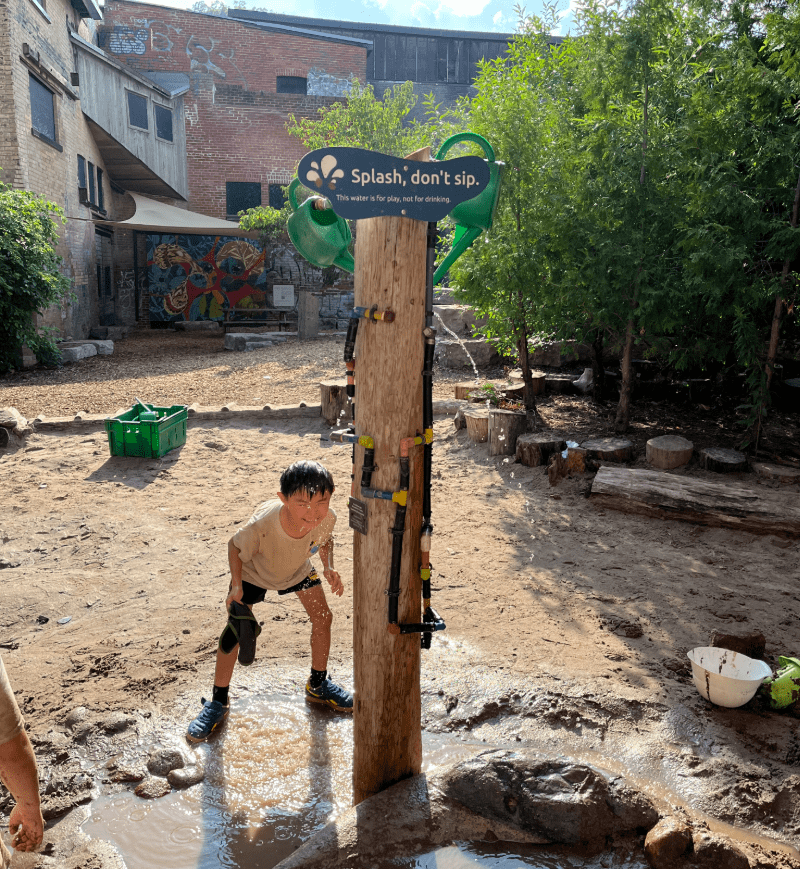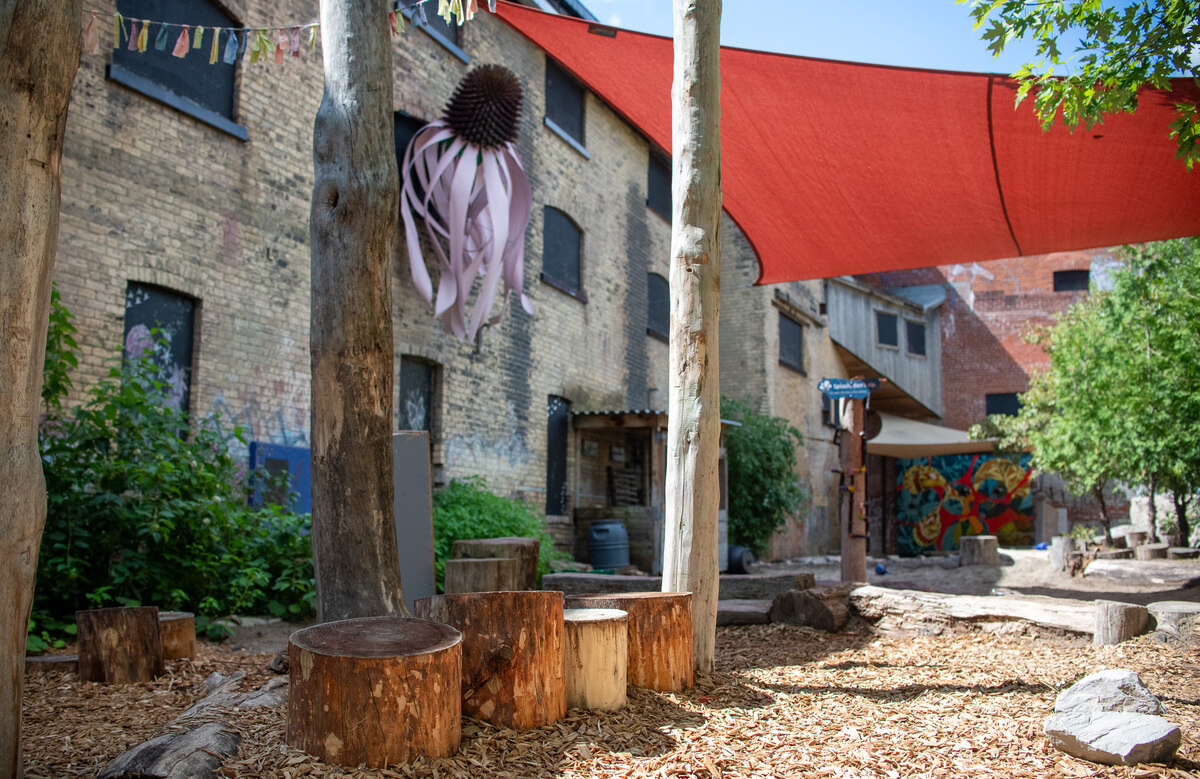Work is underway on some exciting improvements at Evergreen Brick Works to create a safer, more accessible and climate-resilient space. Everything you love about the Brick Works is still here, including Picnic Café and the Evergreen Garden Market, which will remain open during construction.
Join us at the Winter Market this Sunday! Food, shopping, music and cozy vibes from 11am-5pm
Learn moreThere’s always something going on at the Brick Works; including interactive workshops, festivals, and a whole range of other programs that bring the community together.
Follow a trail of freshness and fun with our many markets, curiosity and wonder with our kids programs or exploration and recharge in nature. The Brick Works is a living space that becomes what you need it to be. The path to a new discovery is always waiting for you.
Find out all the details on our upcoming markets, festivals, kids activities and more.
Nestled in the heart of Toronto’s lush ravines, surrounded by beautiful heritage buildings, Evergreen Brick Works offers a truly unique setting for weddings and events.

